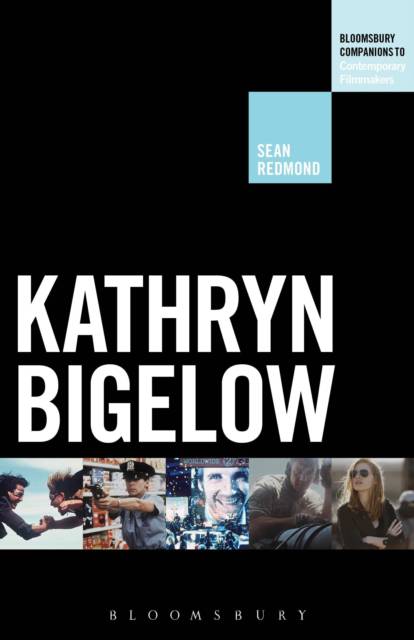
Je cadeautjes zeker op tijd in huis hebben voor de feestdagen? Kom langs in onze winkels en vind het perfecte geschenk!
- Afhalen na 1 uur in een winkel met voorraad
- Gratis thuislevering in België vanaf € 30
- Ruim aanbod met 7 miljoen producten
Je cadeautjes zeker op tijd in huis hebben voor de feestdagen? Kom langs in onze winkels en vind het perfecte geschenk!
- Afhalen na 1 uur in een winkel met voorraad
- Gratis thuislevering in België vanaf € 30
- Ruim aanbod met 7 miljoen producten
Zoeken
€ 152,95
+ 305 punten
Omschrijving
Sean Redmond's work fills an important gap in the scholarship on the European-inspired auteur working within the Hollywood cinema machine, Kathryn Bigelow. Structured to meet the needs of both the student and scholar, Redmond's volume situates Bigelow within her historical and critical context, exploring key collaborative relationships and new ways of watching her films. Beginning with Bigelow's biography, Redmond surveys the evolution of Kathryn's career as a Hollywood outsider with movies such as The Set-up (1978) and Near Dark (1987) to Hollywood blockbusters like Point Break (1991), The Hurt Locker (2010) and Zero Dark Thirty (2012).One of the key determinants of this volume is to locate Bigelow as a filmmaking artist who is able to transcend the collective, industrial, and commercial constraints of the Hollywood cinema machine to individually author her films in innovative and transgressive ways. Bigelow is contextualised as a contemporary auteur, with a distinct visual style who returns to the same themes and obsessions, and as a filmmaker who pushes cinematic boundaries, both in terms of film form and the representation of gender and sexuality.
Specificaties
Betrokkenen
- Auteur(s):
- Uitgeverij:
Inhoud
- Aantal bladzijden:
- 304
- Taal:
- Engels
- Reeks:
Eigenschappen
- Productcode (EAN):
- 9781623564100
- Verschijningsdatum:
- 2/04/2026
- Uitvoering:
- Hardcover
- Formaat:
- Genaaid
- Afmetingen:
- 138 mm x 216 mm
- Gewicht:
- 453 g

Alleen bij Standaard Boekhandel
+ 305 punten op je klantenkaart van Standaard Boekhandel
Beoordelingen
We publiceren alleen reviews die voldoen aan de voorwaarden voor reviews. Bekijk onze voorwaarden voor reviews.









